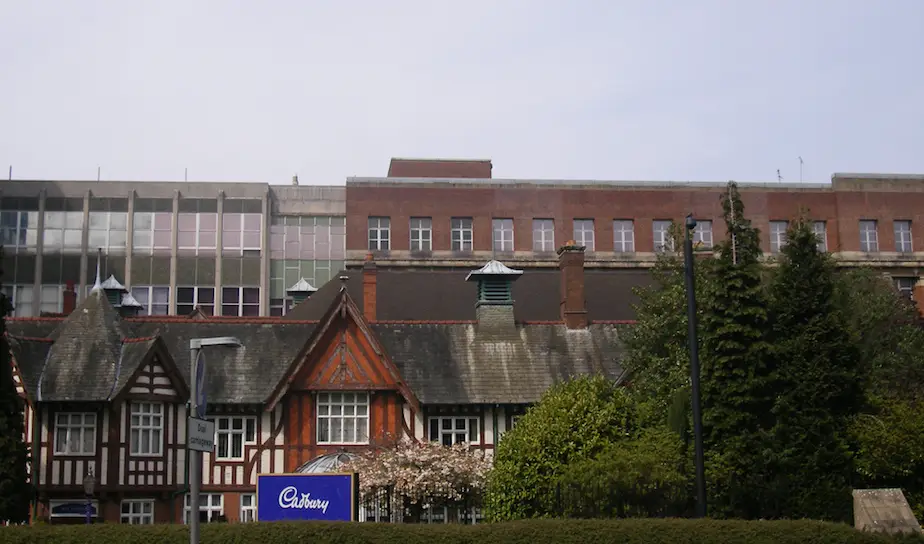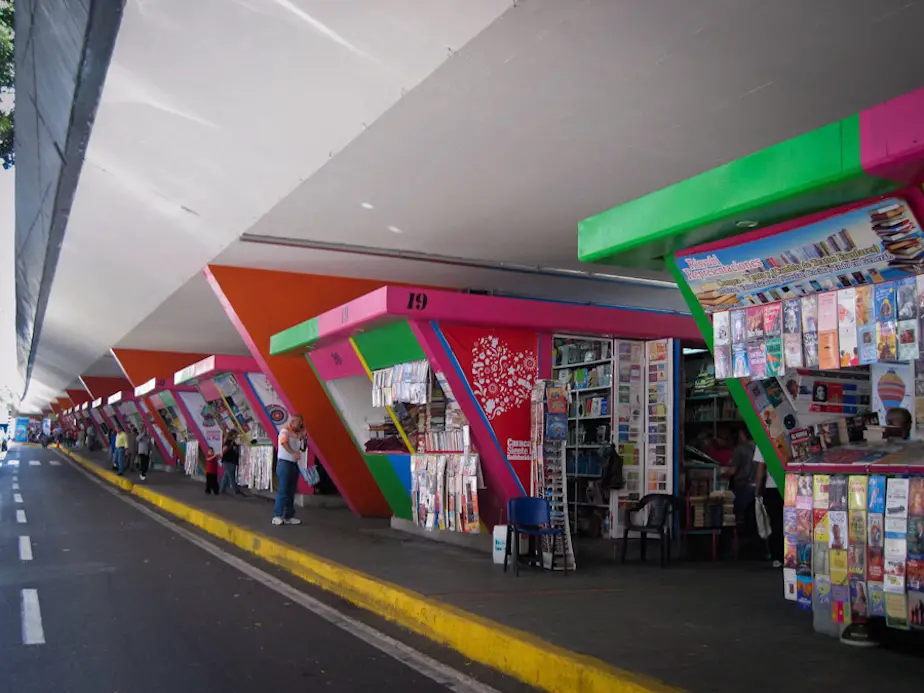Is paradise a large metropolis? As city dwellers, we’re prone to believing that the good life is found on a desolate beach far from the cacophony of any urban environment. Cities, to their credit however, actually make us much happier than we might otherwise believe. In the UK, Brazil, and China, studies have demonstrated that city dwellers suffer lower rates of both depression and suicide than their rural-based counterparts. In a large city, we’re much more likely to bump into people we know, to build larger social networks and meet like-minded individuals. In other words, social isolation is the driver of an unhappy life, and cities are whirlpools of social activity.
This seems to bode well for cities, but despite the good news, the evidence still points to a depressingly stark reality: A growing number of us are not happy.
According to the WHO (World Health Organization), suicides have increased 60% worldwide over the past 45 years. It’s become the biggest killer of men under 50 in the UK according to CALM (Campaign Against Living Miserably).
Rates of mental illness, mostly in the form of depression, have skyrocketed in the largely urbanized western world as well. According to one study carried out at Harvard University, the number of patients diagnosed with depression in the US increases by approximately 20% per year, while the WHO estimates it will become the second major disabling condition in the world by 2020, just behind heart disease. The news is even worse for the elderly.
In low and middle-income countries like Brazil and China, despite increasing urbanization, the overall rate of depression and suicide has also grown.
But what is it precisely about a city that determines our happiness, or unhapiness? Is it access to resources, income and material wealth?
The evidence would seem to suggest that it isn’t. While there is a strong correlation in the US between both depression & suicide and unemployment, both of these remain lowest in countries where unemployment is mostly deeply felt, including in southern Europe, or Latin American countries with far lower levels of income & material prosperity.
Perhaps people in those countries are much less likely to live in American-style suburbs, isolated from friends and community life.
One study called “Suburban Blues”, published in Psychology Today, has shown a clear link between life in a cul-de-sac and our mental health. According to the study, children in affluent suburbs in the US were far more likely to suffer from depression even than those children living in inner-city poverty.
The reason? Parents working longer hours with less time to spend with their children is one reason, but another could be the social isolation that children (and adults) suffer when they live in suburban homes built to show off individual success rather than bring people together.
Bill McKibben alluded to this in his book “Deep Economy”, when he wrote that the middle classes in the West have become so self-sufficient in material terms that “We don’t need each other for anything anymore”. Not only do we not know our neighbours, he says, we don’t need to know them. And we increasingly live lives that are devoid of social interaction with others in the community.
And this increasing “hyper-individualism”, as he calls it, is what drives the economy of our cities as well as our personal ambition. And it’s also what’s driving our plummeting life satisfaction, as well as our growing levels of anxiety and depression. In the US, people who report being “very happy” peaked in the 1950s and has been dropping ever since. In 1993, less than one-third of Americans counted themselves very happy.
It’s perhaps not surprising, since studies show that beyond $10,000 in annual income, happiness barely moves, and beyond a certain point, it starts dropping. We’re living in bigger homes, full of technological marvels, and have greater disposable income, but we’re also more miserable. We toil longer hours, spend more time commuting, and live lives that are increasingly lonely and competitive, estranged from the communities around us.
It’s obvious that cities need to move beyond the paradigm of equating economic growth and material prosperity with the well-being of its citizens.
But if increasing wealth is making us miserable, what will make us happier? While some people report greater life satisfaction when they “downsize” their life, also known as “voluntary simplicity”, the way our urban environment is built and structured, and how that impacts on our social, working, and family life deserves a close look as well.
I once asked a Venezuelan friend living in Spain why Venezuelans, despite their mounting problems, report greater life satisfaction than the Japanese or the French, and come out in 9th place globally in reported happiness. The answer she gave me was surprising: “Freedom”.
“In Venezuela, if you want to sell oranges in front of your home, you can. You don’t need any licenses or permits, no one is going to stop you. So despite not having a lot of money and the problem of insecurity, people feel empowered in some way.”
She told me of how a small town once organized a fireworks festival and shut down a highway in order to do so. The authorities turned a blind eye.
It’s an almost lawless environment many of us would be wary of emulating, but it does give us insight into the dangers of highly regulated, or regimented societies where there is a greater risk of helplessness if all the possibilities of taking one’s life into ones hands (aside from ending it) are taken away from us. In cities and societies where corporations have the power but individuals don’t, we have this very problem.
In Spain, a country where depression is more rare, I’ve often marveled at the exuberance of life in the streets. It’s a country where drive-throughs are a novelty, and people still talk to their grocer or neighbourhood baker.
In Barcelona, I was always amazed at the number of times I would bump into people I knew, simply by sheer coincidence. In a city is dense and compact as this one, where large numbers of people get around on foot or by bicycle, friends seem to turn up at every corner.
Then there’s the city’s buzzing cultural life. Neighbourhood festivals are common throughout the year. Squares are buzzing with jazz or electronic music festivals, marching bands wake you up at 3am and bustling street markets of all kinds take over streets on the weekend. There are even bonfires in the middle of busy roads (closed to traffic of course!) on certain public holidays.
And so involvement in community activities and freedom to initiate and participate in cultural activities, not to mention expressing one’s cultural heritage, is clearly a driver of happiness in this Mediterraeanean port city.
The Anglo-Saxon insistence on “hyper-individualism” and personal success, meanwhile, has come at the expense of anything we do collectively, and the way we perceive and design cities, especially in America and increasingly in the developing world, has been the result.
Detroit, a city which typified the car-dominated cities of the US, has witnessed a spectacular economic and social collapse that is unprecedented in its scale. Now we see empowered individuals taking the helm and bringing life back to a city in decay. Urban farms are proliferating on previously abandoned plots of land, bringing individuals together into meaningful action: growing food and feeding a city, and most importantly, bringing individuals together.
It’s an example of what needs to happen in more places. The Internet is another driver of our social isolation and even perhaps urban decay. We spend more time online, alone, not only to communicate but now increasingly to shop, to the detriment of our local businesses and social integration.
This needs to be reversed. Less time in front of a computer (myself included!) and more time talking with our neighbours, with our food growers and sellers, depending on them like we did in times past.
Up at the top of my list of priorities would be encouraging (and facilitating) new small businesses, not big-box stores on the edge of cities accessible only by private vehicle where conditions and work-satisfaction are painfully low, nor online corporations that isolate us from our communities. Fewer regulations and lower taxes for small businesses (and the opposite for big business – i.e. tax Amazon what its due) is one easy way to make this happen.
And we need urban design that makes bumping into people we know more likely and building the social defences we need to stay happy easier. So that means building dense, compact communities where we’re likely to walk and cycle. And projects like the High-Line park in New York City, or the pedestrianzation of entire streets and neighbourhoods.
We need cities where mental health (and by extension, happiness) is prioritized. Less emphasis on material wealth and on keeping up with the Jones’ (because we know that doesn’t help) combined with more emphasis on togetherness and helping each other, is surely the key to better cities.
Pierre Herman is a teacher, writer and student of the MA Sustainable Cities programme at King’s College London. See more of Pierre’s ideas here.
Photo: Robert Sharp


